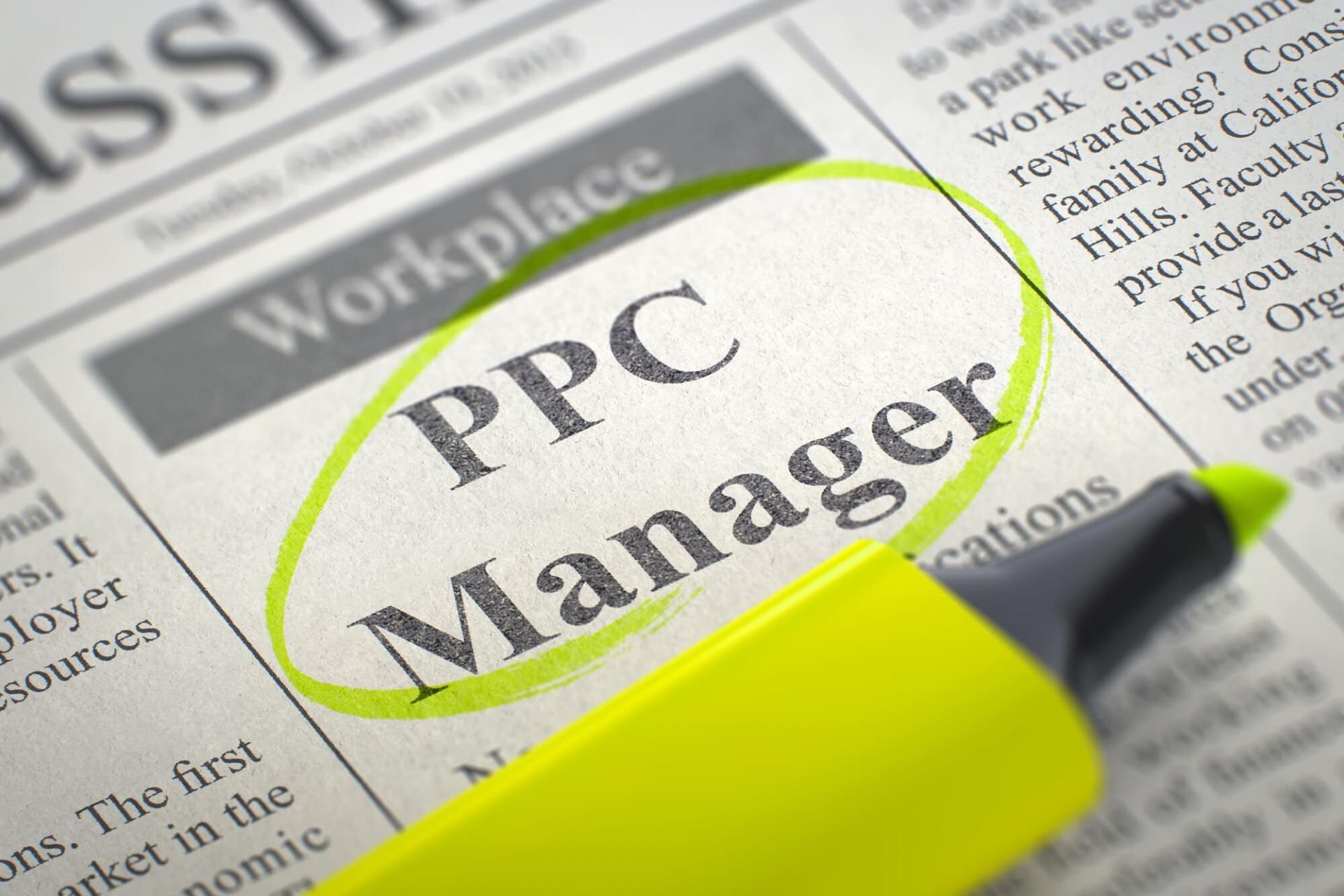Your target demographic refers to the pool of people whom you want to buy your product or services. This is an important part of any marketing campaign as it lets you know the specific people to target.
When you focus your resources on targeting a specific demographic instead of all the people you can bother, you can create an effective marketing strategy without wasting your time, energy, and money.
To find this out, you have to do a target market analysis. Here, we’ll attempt to find out why, what, when, where, why, and how people will buy your product or service. Let’s dig deeper and find out how you can find your target market.
1. Look at Each of Your Products or Services
First, let’s start with all the features of the product or service you’re offering. List down all the features and then write the benefits of each one. The goal is to find the person who will need your services and their benefits.
For example, you’re offering SEO services, which then feature link building efforts. What benefits do you think this will provide the consumers? In this case, some benefits of link building include brand authority, increased visibility, referral traffic, and more.
What do those benefits mean for the customer? Those benefits all boil down to gaining more visitors and increasing online sales.
However, not everyone would benefit from these. Find out first the ones who need those benefits.
It’s okay to start with a broad demographic – let’s say website owners. Those who don’t own or manage a website won’t be needing your services, after all.
Website owners are still too general, but it’s a good start. From there, you can get more specific with your target customer base, which brings us to the next tip.
2. Describe the Person That Will Pay You
Next, we’ll see what kind of person is willing to pay for the benefits of your products and services. You’ll have to create a complete description of one persona. This person would then be the main focus of all your business decisions.
Find Out the Demographic Profile of Your Target
When creating your target person, consider things like age, gender, status, and such. For example, you’re selling makeups – who do you think will buy your products?
Let’s name the person Alex and then proceed to identify the age, gender, and status for starters. These would then depend on your product.
Will it be more appropriate for young adults or more mature people? Is she single or is she married?
You’ll have to consider the occupation as well. If she’s a career woman, a person working their way through college, and whatnots.
Following that is the income, is your makeup line great for those with a low income or is it a premium product? The ethnic background is crucial as well, especially in this case where makeup can look different on different ethnicities.
To highlight the importance of studying the right demographics, take the history of Pizza Patrón as an example. It came to be when Antonio Swad moved from Ohio to Dallas and aimed to open a pizzeria. He is of Italian and Lebanese descent, but his store’s area is full of Hispanic consumers.
His buyers would be these consumers, so he formulated a business model to cater to them. He changed the store’s name to Pizza Patrón, hired bilingual employees to interact with customers, and accepted payments in peso. Because of this attention to detail, the store now grew to more than 100 locations.
The shift in focus allowed the store to speak to its customers. It created a target demographic. Then, it implemented businesses strategies with that demographic in mind.
Find Out the Psychographic Profile of Your Target
Now you know Alex’s age, income, gender, and status, let’s further describe her and complete her persona. Consider the psychographics, which refers to the personal characteristics of the person. This could include Alex’s personality, values, interests, hobbies, and such.
This is important because you’ll have to find out how your product will fit into your target’s lifestyle. How do you think will she use your product? Is Alex going to use your product for work every day or for special nights?
Then, you’ll also know what features of your product will appeal most to Alex. If she’s outgoing and likes exercising, why do you think will she like your product?
Another important consideration is how your target market gets their information. If she uses social media, you can consider marketing through Facebook or Instagram. If your target audience is someone else who reads newspapers, use that as a way to reach out to them.
Identify That Person’s Motivations
By this stage, your ideal customer profile is almost complete. This should give you a good idea if what’s going on inside their head.
You’ll likely be able to identify their motivations behind buying their product. When you know why they’ll want to buy your product, you can better help them achieve their goals.
In Alex’s case, the motivation could be something as simple as looking presentable when they go to work. However, she doesn’t want to overdo it as if she were going to a party.
If that’s the goal, think of how you could market or offer your product in order to fulfill that. You can offer subtle shades of your blush, or you could launch a foundation with minimal coverage. If Alex wants to use your makeup to look glittery on a night out, what can you offer that will fulfill that?
Identifying the motivations will help you identify the opportunities to meet those goals. This would then help you with your own goal to get Alex as a customer and to increase your sales.
3. Analyze Your Current Customer Base
If you already have a customer base, get to know who’s buying your products and why. Find out their age, location, and the other demographic and psychographic profiles.
When you see who’s buying and why they’re buying, you’ll know whom to target next time. People like them will likely have a need for your product. This makes them good targets for your PPC and other marketing campaigns.
Knowing their habits and motivations will also help you with launching new products or services. Knowing what they like will allow you to launch products that are more suited to them, making them buy more.
Use Google Analytics to Get to Know Your Website Visitors
Even if they’re not customers yet, it’s worth finding out who’s visiting your website. This will allow you to find out who’s interested in your products and services.
Google Analytics is a great tool for monitoring your website’s traffic. It records stuff like age, gender, location, and such. With this tool, you’ll also see what device they’re using when they visited your page. All these are invaluable data when you’re creating a PPC campaign.
4. Check out the Competitors
Another great way to find out your target demographic is to look at the competitors’ targets. This tip is helpful if you don’t have a website yet from which you can get data.
If you’re selling the same thing, your target markets should be the same more or less. You can also check their websites’ visitors.
One way to do this is to use the handy tool, Alexa. It lets you know some basic details about a website, like its ranking and where its visitors are coming from. It also has information about a website’s search traffic, top keywords from search engines, and upstream sites.
These details are already helpful, but you’d want to know more about their audience. Some advanced features of Alexa will let you know the demographics of a website’s traffic.
5. Use the Keywords You Want to Target
For this tip, we’re recommending yet another helpful tool. A huge part of any PPC campaign is keyword research. After all, PPC is all about bidding on the right keywords to target specific customers.
If you already know the keywords you’re targeting, using Google AdWords will help you find out the kinds of people searching for those keywords. You only need to enter the keyword and the tool will let you know the demographics of all the people who search for it.
After you’ve found out the demographic to target, you can then use AdWords’ Detailed Demographics feature. This allows you to target audiences beyond their age, gender, and location. It will also let you target consumers based on their education, marital status, parental status, and even home ownership.
Get Help Finding the Right Target Demographic
Earlier, we’ve highlighted the importance of finding out the right target demographic. This is why you should spend a considerable amount of time and effort on this task. If you need some help, though, consult an expert to help you with your PPC campaign.
Contact us now and let’s discuss how you can launch an effective PPC campaign with the right target market.











